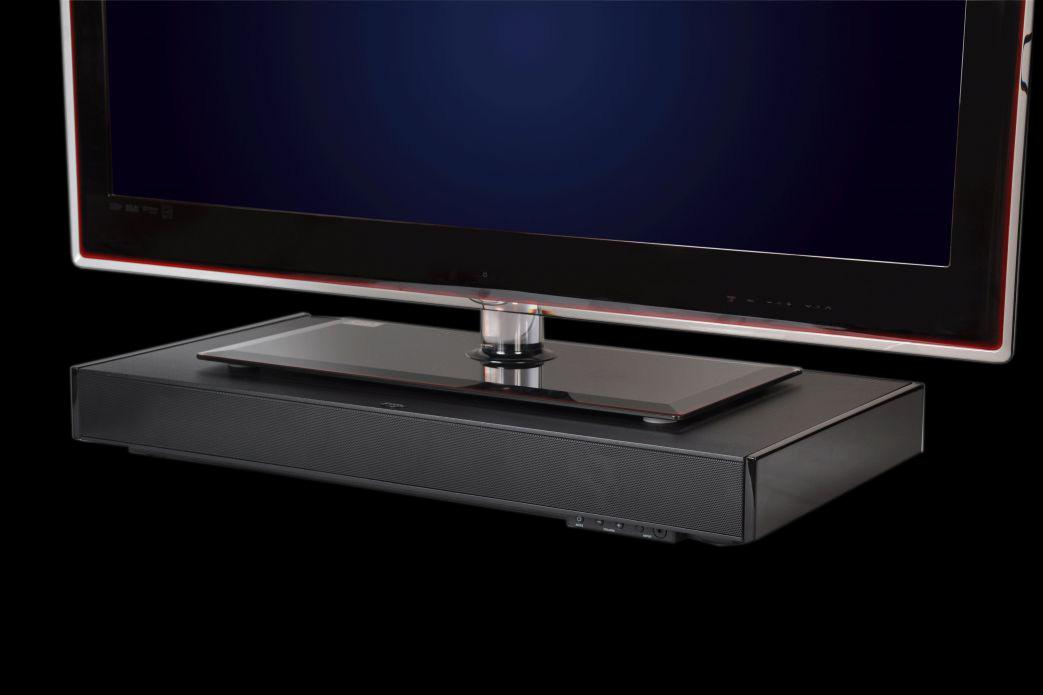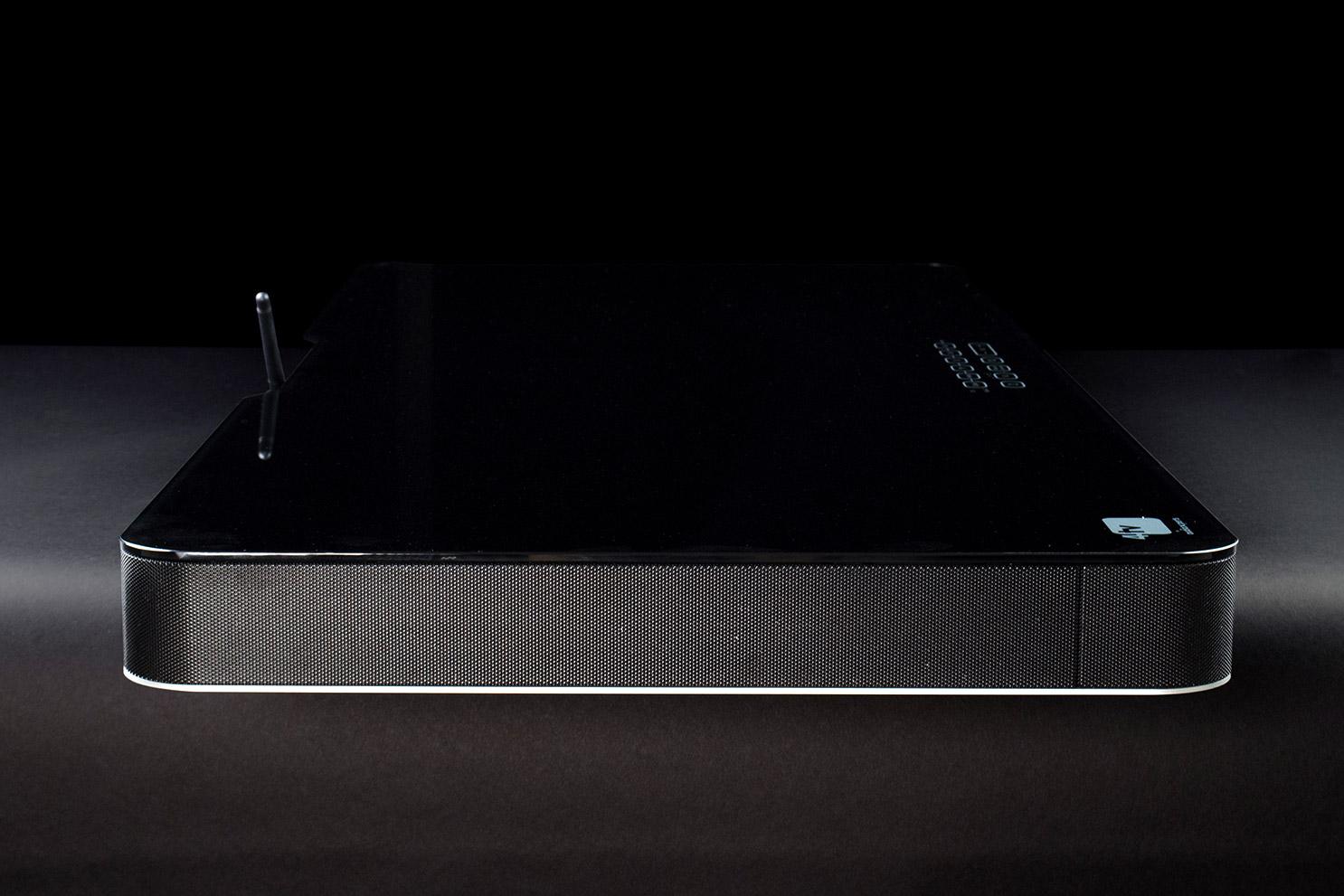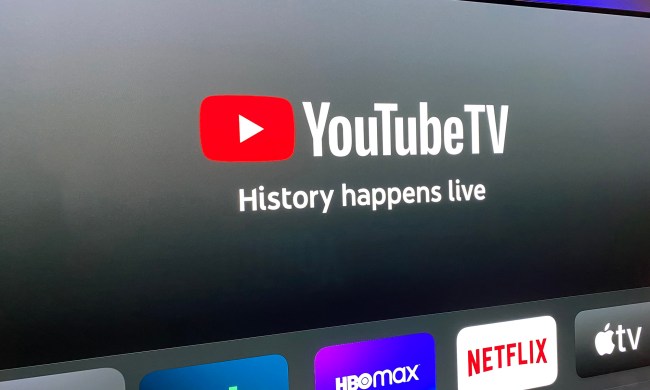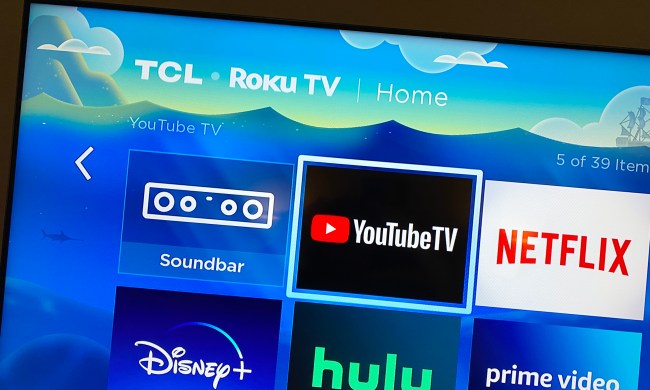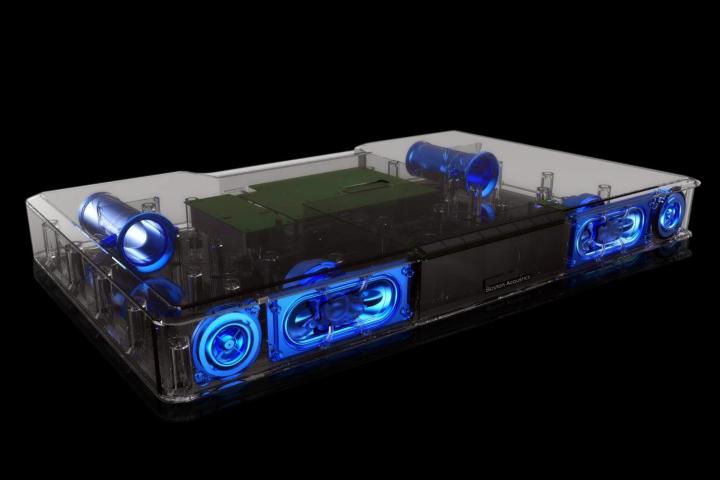
Whatever you call it (we’re going to call it a soundbase just to be different, and so we can get through this article, thanks), the product makes the same pitch the soundbar does, and it goes something like this: “Your TV’s speakers sound horrible and you know it. How can you bear to live with that terrible sound? You need me to make your TV sound as big as it looks. Buy me. Buy me now and save your pride.”
It’s a compelling pitch, yes? Here’s the problem with soundbars, though: They laugh in the face of physics, and physics doesn’t much care for that.

Therefore, when it comes to sound quality, soundbars tend to fall into one of two categories: inexpensive and poor sounding, or expensive and just pretty good sounding. Who actually wants to settle for something that’s “just pretty good sounding?” Right. No one. Ever.
That’s why a soundbase makes a lot of sense. These speakers sit under your television – often as a platform for your TV’s stand – barely take up any extra room, are low in visibility, and can produce some pretty spectacular sound, all without necessarily breaking the bank. But how do they do that?
Simply put, these soundbases are capitalizing on a bunch of unused real estate on your media furniture. If you’re placing your TV on a stand, that means that there’s a whole lot of nothin’ going on underneath it. That’s a lot of wasted space. So, some genius figured out that instead of wasting that space, you should use it for a 2 or 3-inch high speaker solution that runs deep. It can hold more amplification parts and better drivers, better reinforce bass response, and produce better overall sound quality than any sound bar without an accompanying subwoofer could ever hope to do. Win.
So who was the first to come up with this idea? Probably Thomas Jefferson. But the first one this writer can recall seeing was the Zvox 315. Since then, Zvox has come a long way; it’s recently-introduced Z-Base 555 looks a lot more attractive. And many others are jumping into this arena, too. Boston Acoustics just announced its TVee One sound base, we’re working on a review of AudioXperts’ 4TV sound console, and LG recently announced its Sound Plate.
That’s just the beginning, too. If this year’s CEDIA and CES shows were all about the soundbar, next year’s are bound to be loaded with these things. That’s just fine by us, because any simple solution that brings big, high-quality sound to go with the big, high quality pictures we get from today’s ultra-thin TV’s has a warm place in our testing labs and homes.
